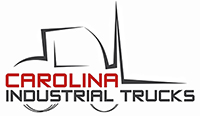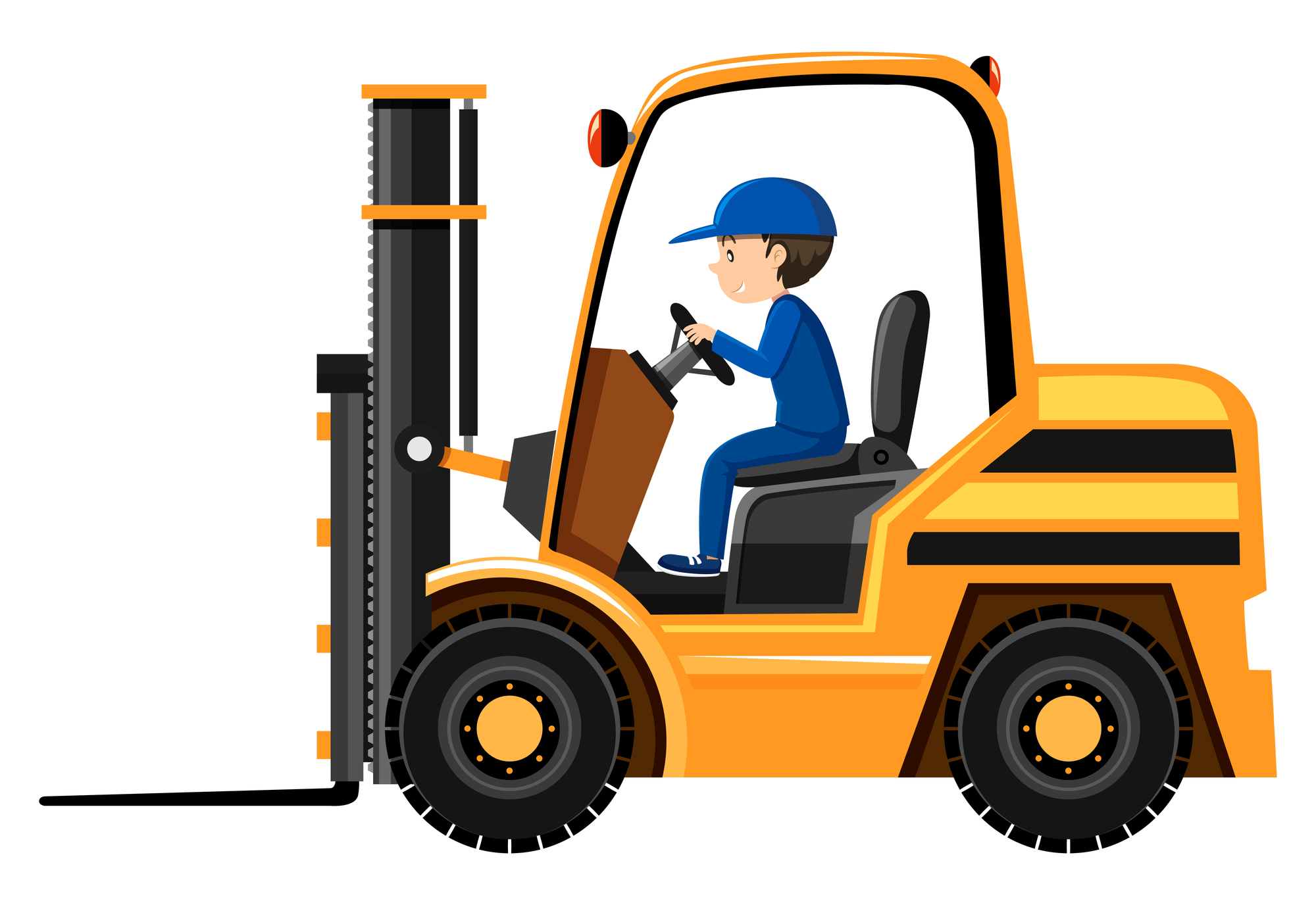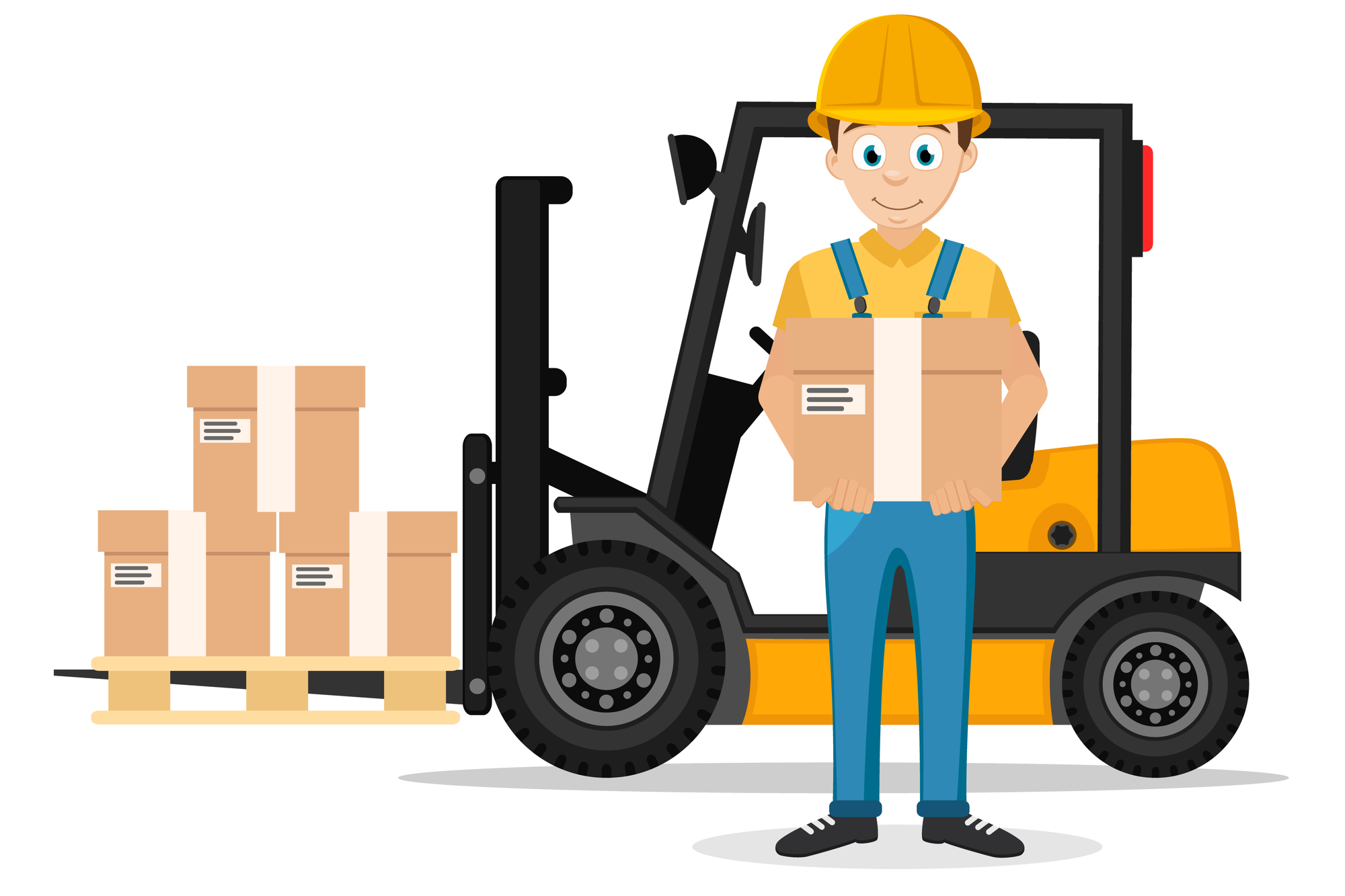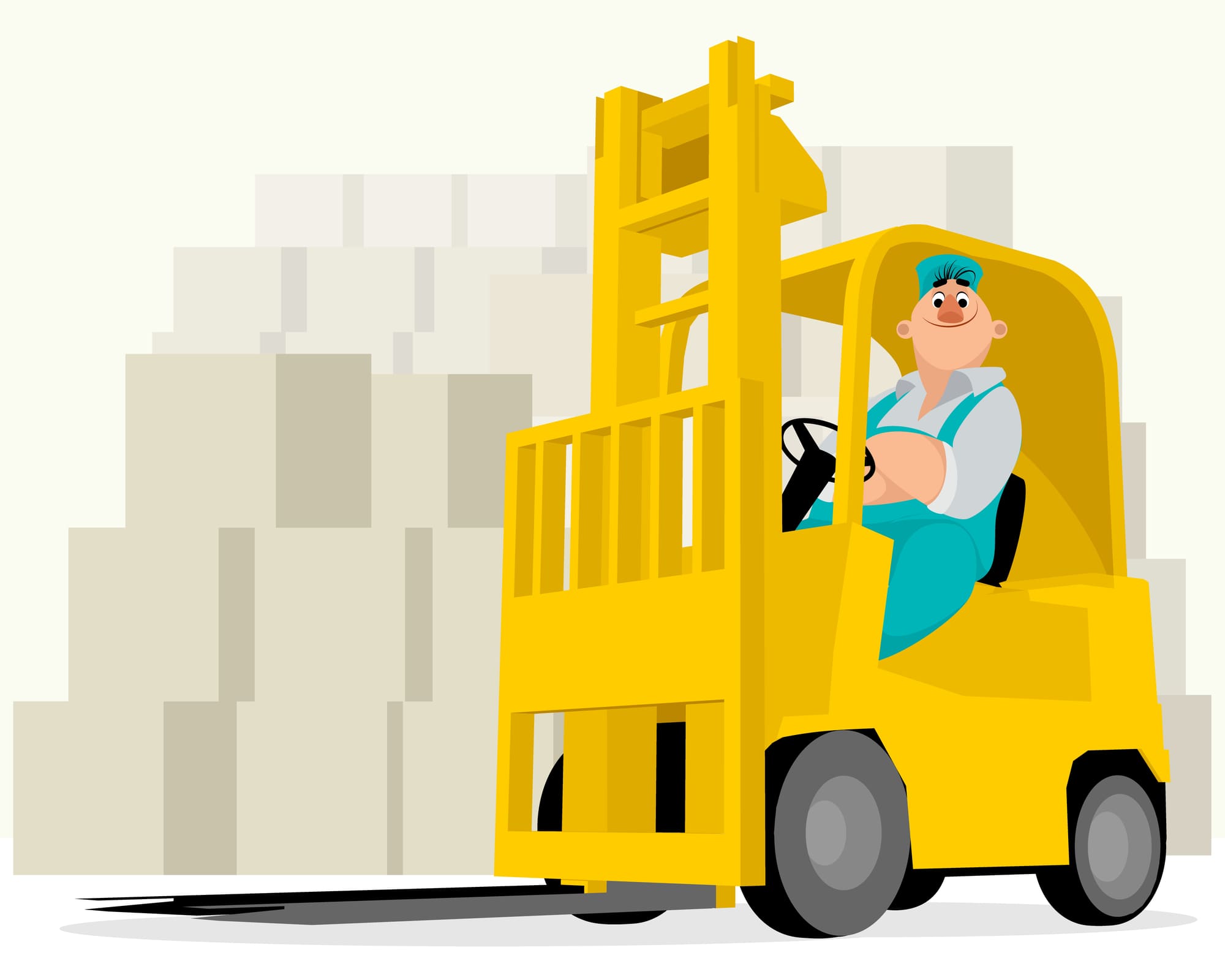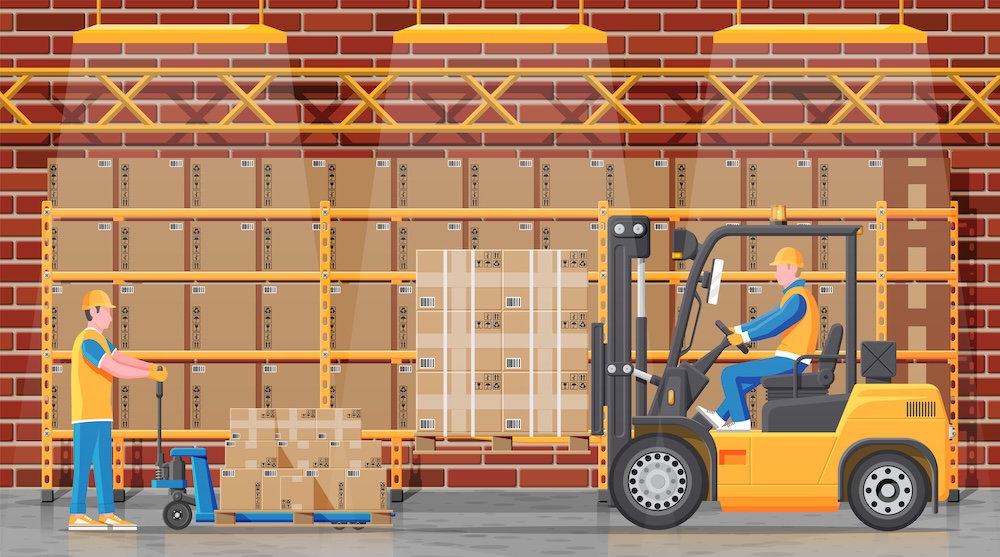Why Tire Maintenance Is Important to a Forklift
01/22/2021
CITrucks
Tire maintenance is essential for forklifts to function properly. We explain the reasons why along with expert tire maintenance tips in this guide.
Do you need to enhance your warehouse safety guidelines? You can start by focusing on tire maintenance.
Tires absorb a great deal of damage as the forklift lifts heavy items, especially if the forklift operates on damaged floors. Forklift tire maintenance often goes unnoticed, which can lead to accidents and damaged property.
Moreover, companies should train all forklift drivers on forklift maintenance. Training should include recognizing worn tires, spotting damaged tires, and even replacing tires when necessary. That said, replacing the tires depends on what type of tire you have.
Forklift Tire Damage
As forklifts move, the tires can scrape against various objects that can damage the tires. Many operators don't notice the tire ruptures during their duty until a mishap occurs. Without a thorough maintenance plan, small issues can morph into large issues that can lead to accidents.
There are three main types of tire damage to assess:
- Cracking: You may notice small or large cracks forming in the tires.
- Chunking: Chunking occurs when pieces of the tire began to break away.
- Tearing: This is similar to chunking, with various pieces tearing away from the tire.
If you see any of these aberrations, replace the tire without hesitation. Also, conduct a visual inspection of the tires to find damaged areas.
Moreover, you should inspect the tire from all sides, as tearing could occur in various spots. Also, look for flat spots that indicate further damage.
Further, the tire may contain a small hole that leaks air slowly. Therefore, check the tire pressure routinely to spot any leaks.
Even if you find minor damage, consider replacing the tires immediately. Minor aberrations may lead to tire blowouts, causing damaged property and/or personal injury.
With that, scraping against objects isn't the sole reason behind tire damage. Tire complications arise naturally as you use the forklift.
Natural Wear and Tear
Time is your biggest enemy when it comes to forklift tire maintenance. The wheels absorb tremendous stress as you operate the machine throughout the day, especially as drivers lift heavy items. Worn tires place more stress on the axle, which will change the tilt of the mast, leading to tip-overs and damaged loads.
In particular, balding is a dangerous form of wear that can fly under the radar. If a tire gets worn by 40%, drivers will absorb most of the impact that the forklift incurs.
Many forklift tires have safety lines that will convey when to change the tires. When the tires get worn down to the safety line, it's time to replace the tire.
Replacing a Tire
Tire maintenance and replacement guidelines depend on the type of tires in place. Overall, tires for forklifts come in three main categories:
- Pneumatic Tires: These types of tires are larger, and they're suitable for outdoor activity.
- Cushion Tires: These tires comprise polyurethane or rubber. They're smaller and made for indoor use.
- Solid Pneumatic Tires: These tires also entail rubber, and these tires are for indoor and outdoor use.
Solid pneumatic tires are also called resilient tires. These tires normally contain safety lines, otherwise known as the 60-J line. Driving beyond this line poses a risk to the driver. For pneumatic tires, you can drive these wheels until the tread wears away.
One testing rule to apply is the two-inch rule. After two inches of the tire degrade over time, the tire will shift more stress to the forklift.
Therefore, replace the tires immediately to prevent damage to the forklift. You can also apply the same two-inch rule to press-on tires. If you notice smooth areas within press-on tires, consider them defective.
The Benefits of a Sound Maintenance Plan
A forklift maintenance tire plan will save your company more money in the long-term. Since worn tires place more stress on the machine, you'll spend less money on forklift maintenance.
Maintaining the forklifts is a costly endeavor, especially if you must replace certain parts. Tire maintenance is the best way to maintain the longevity of your forklift fleet.
More importantly, tire maintenance can prevent employee injuries. Over 30,000 people sustain serious injuries due to forklifts each year. Further, over 60,000 people receive minor injuries annually.
For instance, the tires can cause an imbalance, causing objects to fall from the forklift and onto nearby personnel. If your employees incur an injury, you could face a civil lawsuit and/or workers' comp claims.
A civil lawsuit could cost you heavily, especially if the employee suffered injuries that require long-term care. Even if you have compensation insurance, expect your rates to go up if you file a claim.
Don't Buy Cheap Tires
Since worn tires can cause massive property damage and personal injury, only invest in the best tires available. Low-quality tires may leave skid marks when turning. The marks may also show as the driver carries heavy loads.
If you find skid marks, switch out the tires for high-quality ones. Cheaper tires will wear out sooner, forcing you to spend more on tires in the long run.
Tire Maintenance and Its Impact on Safety
Tire maintenance is vital because tires support the forklift itself. Without strong tires, the machinery will absorb more impacts. Also, bad tires can cause injuries that can injure or kill workers.
To assess tires efficiently, check for cracking, tearing, or chunking. You should also look for subtle damage, such as flat spots and balding.
Do you fear a forklift tip-over? Click here to learn how to avoid it.
